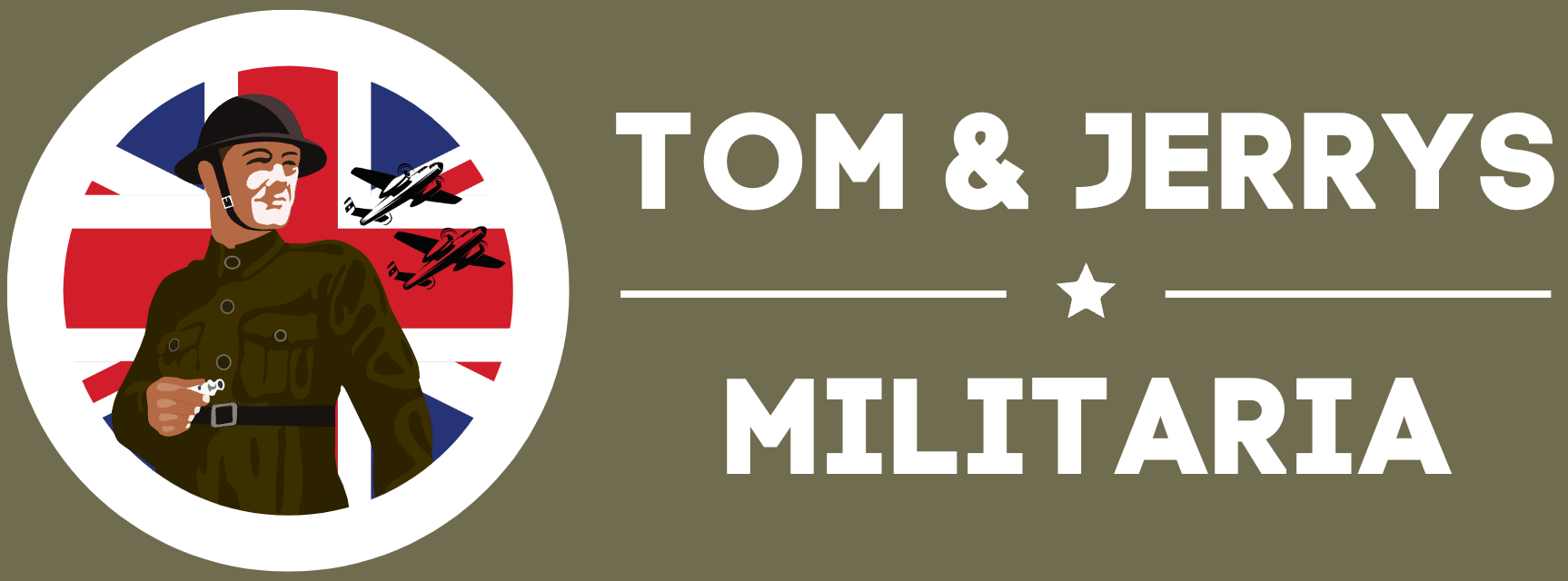During World War II, the British government produced a wide range of training pamphlets to educate soldiers and civilians on a variety of topics related to the war effort. These pamphlets covered everything from military tactics and weapons to home front activities such as air raid precautions and first aid.
The training pamphlets were produced by a variety of government agencies and organizations, including the War Office, the Ministry of Information, and the Civil Defence Service. They were designed to be easy to read and understand, with simple language and illustrations to convey important information to a wide audience.
Some of the most well-known training pamphlets from World War II include the "Home Guard Manual", which provided guidance for the civilian soldiers who volunteered to defend the UK during a potential invasion, and "The War Illustrated", a series of booklets that covered a wide range of topics related to the war effort, from military history to rationing.
Other training pamphlets covered topics such as navigation, radio communication, and field engineering. The pamphlets were widely distributed to military personnel and civilians alike, and they played an important role in educating people on the skills and knowledge necessary to contribute to the war effort.
Today, these training pamphlets are considered important historical artifacts and are collected by military history enthusiasts and collectors of World War II memorabilia. They provide a fascinating glimpse into the training and preparation that went into the war effort, as well as the attitudes and values of the time.







